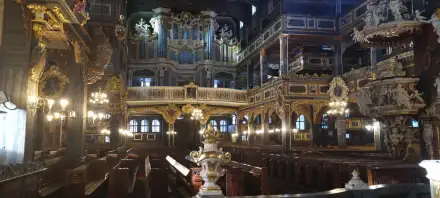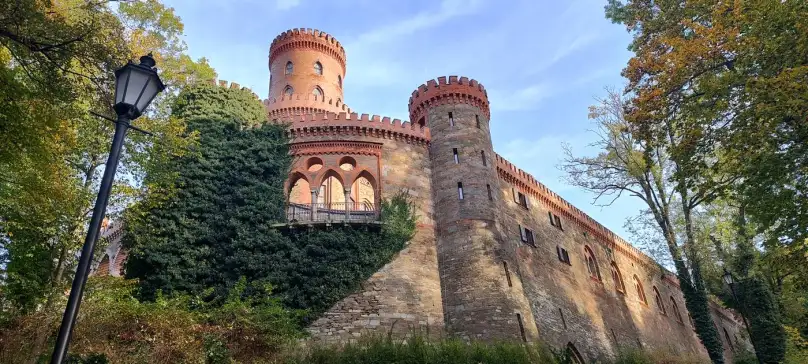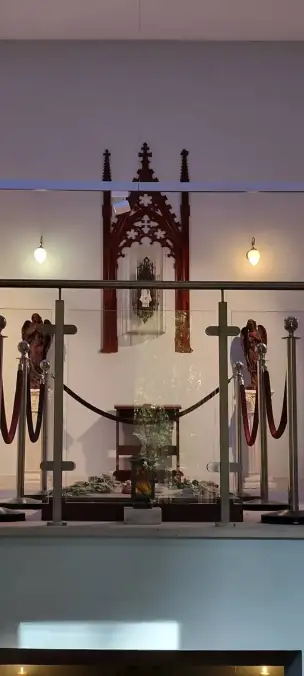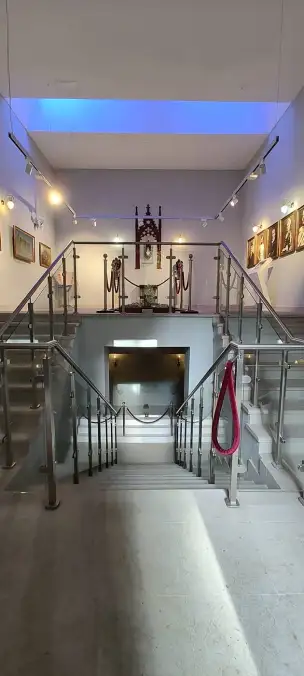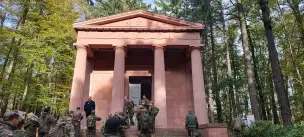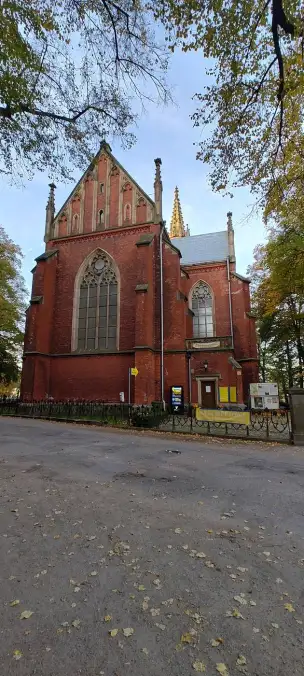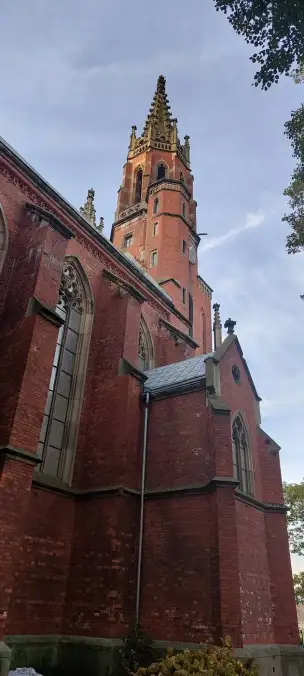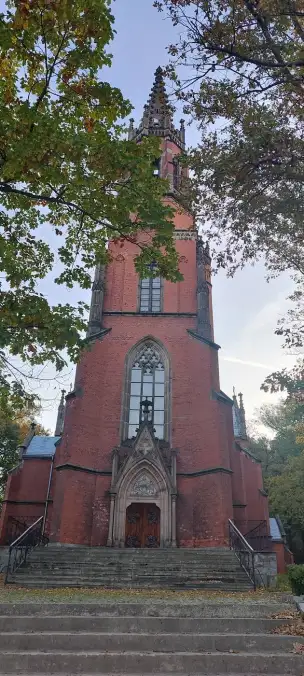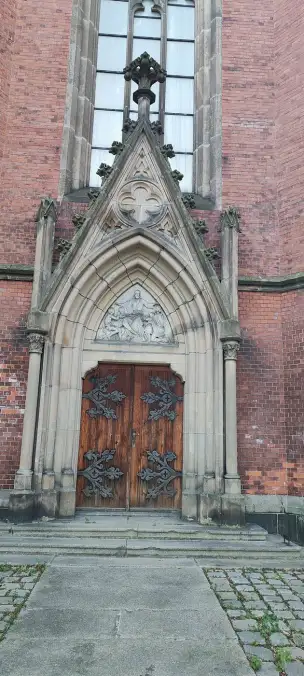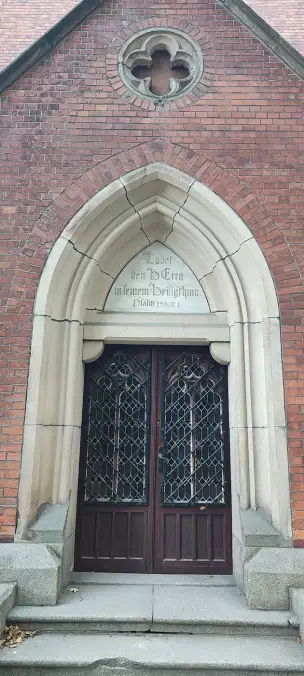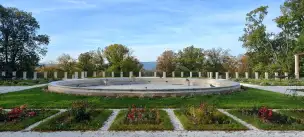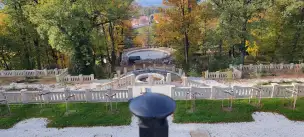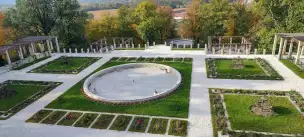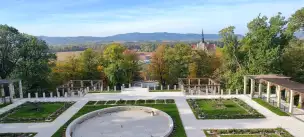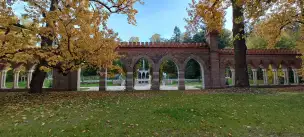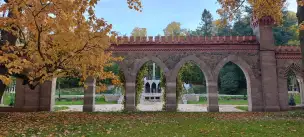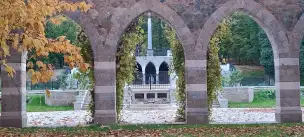An impressive neo-Gothic residence built in the 19th century at the request of Dutch Princess Marianne of Orange.
The Marianne of Orange Palace in Kamieniec Ząbkowicki is a perfect example that, when local government is led by people with vision, a willingness to act, and a perspective broader than just looking out for their own comfort, a great deal can be achieved.
After World War II, the Soviet occupation, and the years of the People's Republic of Poland (PRL), this former seat of the Kłodzko branch of the Hohenzollerns was in a dire state. Soviet soldiers, who were stationed there after the war, set the palace on fire twice under mysterious circumstances, and even fired at Polish firefighters who came to extinguish the blaze.
No better fate awaited the Mausoleum building and the remains of the palace’s former owners. The Red Army desecrated the graves, dragging the bodies out and mocking them—posing them against walls to “execute” them, parading the corpses around town on a motorcycle, and generally treating it as entertainment.
After the Soviet Army left and the marble floors were carted off to help rebuild Warsaw, the palace continued to decay throughout the communist period. In 2012, following the expiration of a lease agreement, ownership of the palace was transferred to the municipality of Kamieniec Ząbkowicki.
Today, after extensive restoration work, Marianne of Orange’s residence once again looks impressive—at least from the outside. The interiors, however, offer little to see. Before their departure, the Red Army shipped out dozens of railcars filled with artwork to Russia—treasures that are now legally irretrievable.
Inside the palace, apart from remnants of polychrome decoration, a Dutch chest reportedly belonging to Marianne of Orange-Nassau, and the remains of a ceramic bathtub, there’s not much left.
While the site is undoubtedly worth a visit, don’t expect the opulence or rich furnishings you’d find at the Hofburg in Vienna or the royal palace in Sintra, Portugal. To see what once adorned this place, you’d need to visit the Hermitage Museum in Saint Petersburg.
It is located on a hill, offering a picturesque view of the Lower Silesian landscape. It is one of the largest and most magnificent palace structures in Poland, renowned for its remarkable architecture and rich history.
The palace was designed by the German architect Karl Friedrich Schinkel, and construction work lasted nearly 30 years, from 1838 to 1872. Marianne of Orange, known for her love of art and nature, created this place as her summer residence, where she could relax and enjoy the beauty of the surrounding forests and gardens.
After Marianne's death, the palace was inherited by her sons, but during World War II it was devastated and later suffered further damage. Only in recent years has the palace undergone revitalization and been reopened to visitors.
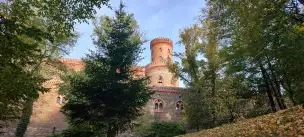
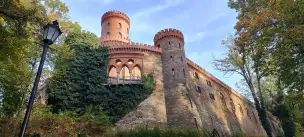
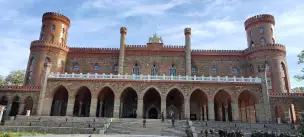
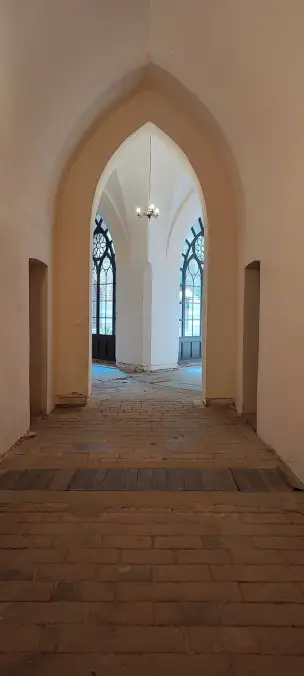
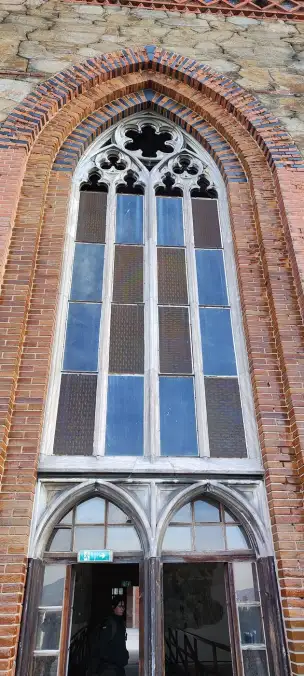
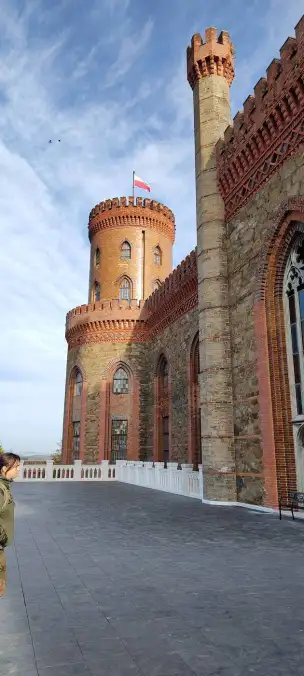
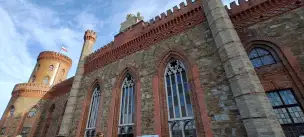

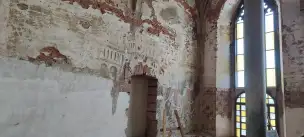
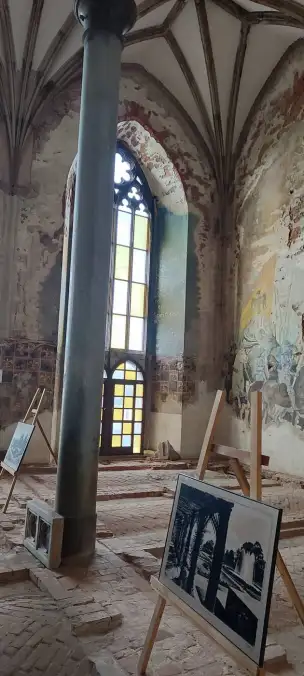
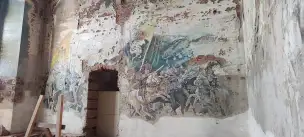
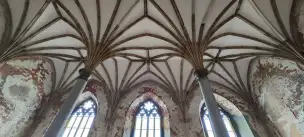
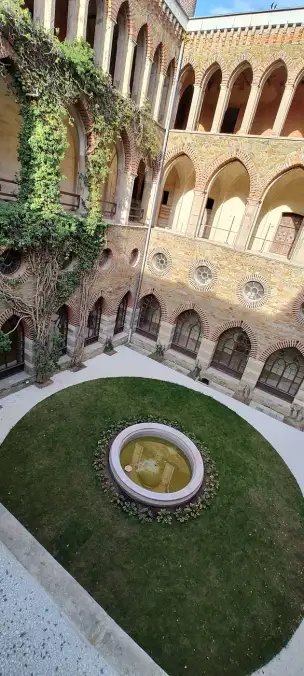
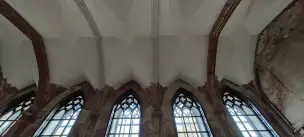
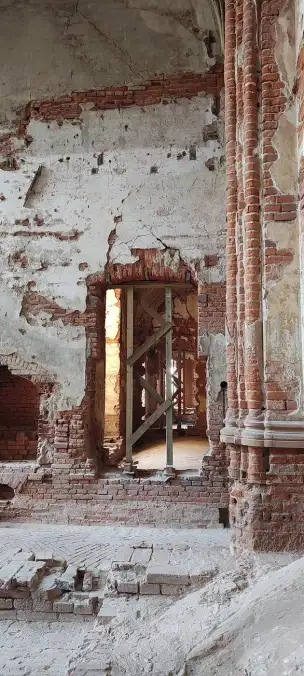
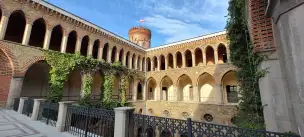
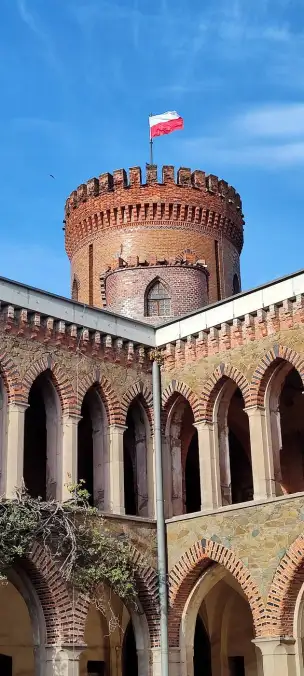
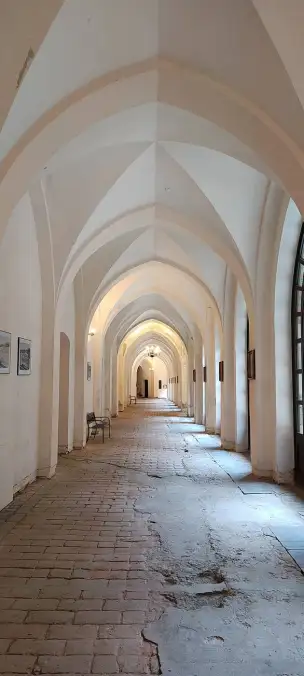
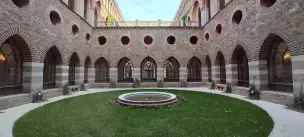

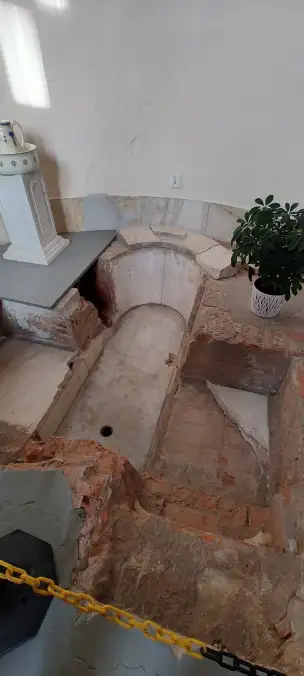
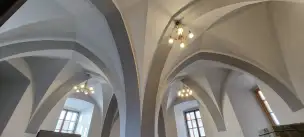

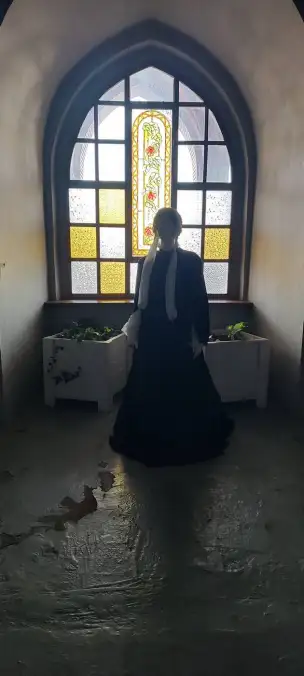

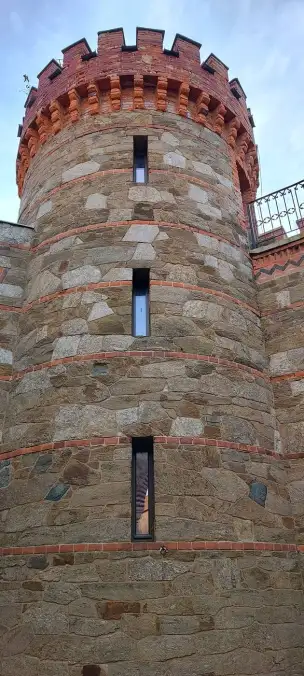
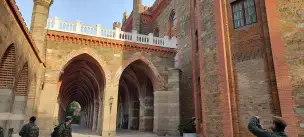
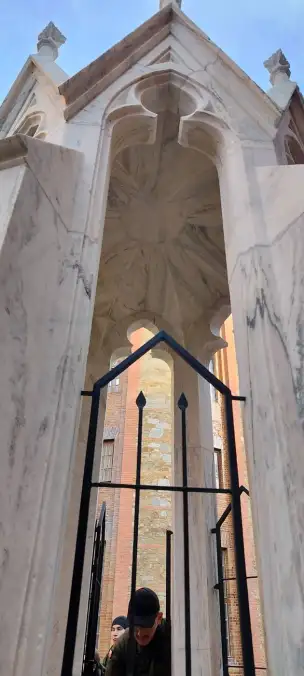

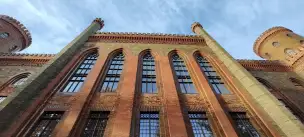
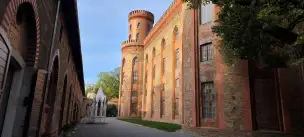
The Mausoleum of the Hohenzollerns
The burial place of members of the German royal House of Hohenzollern, who once owned the palace in Kamieniec. Construction of the mausoleum began in the 19th century at the request of Princess Marianne of Orange, who was connected to the Hohenzollern family and played a major role in the development of this part of Lower Silesia. Although the mausoleum fell into ruin for many years, it now attracts tourists and those interested in the history of the Hohenzollerns and their influence on the region.
The Old Evangelical Church in Kamieniec Ząbkowicki
A neo-Gothic structure built in 1885 and designed by Ferdinand Martius, co-author and builder of the palace in Kamieniec Ząbkowicki. Princess Marianne of Orange played a significant role in the church’s construction.
Fountains
The fountain complex by the western wall of the palace.
The Palace Park in Kamieniec Ząbkowicki
The area east of the palace, formerly part of the palace park, has gradually undergone natural rewilding.
In the photos, you can see an artificial cascade and a statue of Nike.
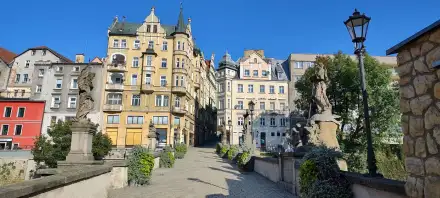
Kłodzko
A picturesque town in the Lower Silesian Voivodeship, located in the Kłodzko Valley, near the border with the Czech Republic.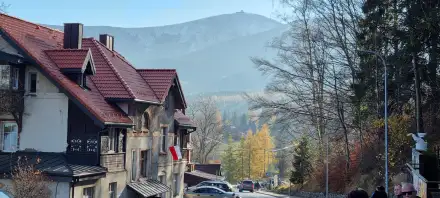
Karpacz
A town located in the Western Sudetes, in the Lower Silesian Voivodeship, near the border with the Czech Republic.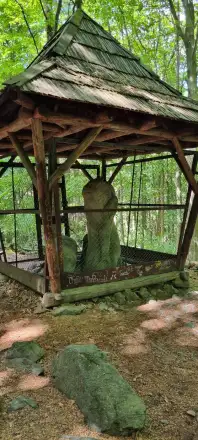
Mount Ślęża
Mount Ślęża is an important site of religious worship. At its summit stands the Sanctuary of Our Lady of Ślęża.